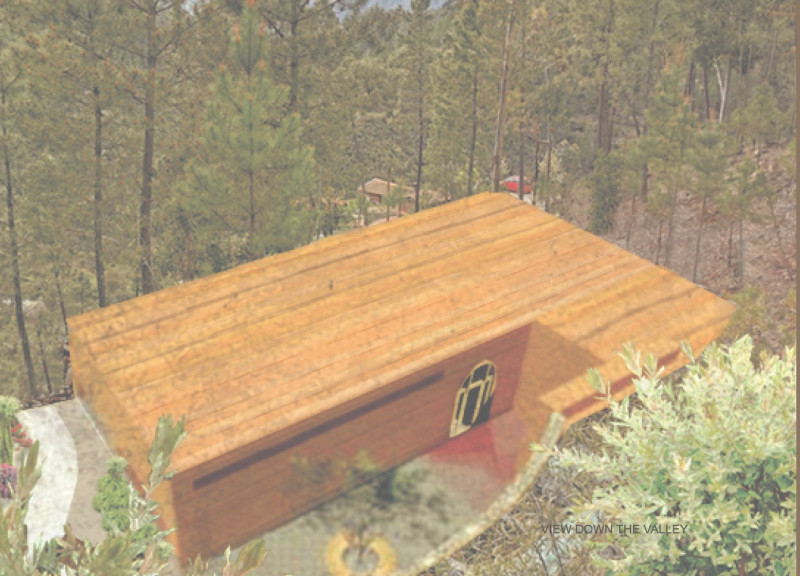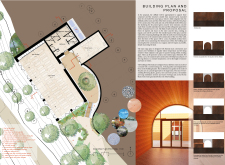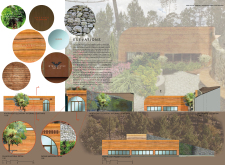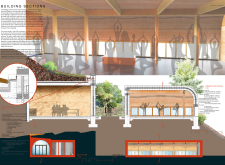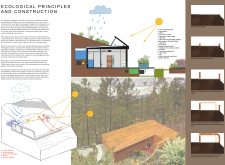5 key facts about this project
At its core, the project serves as a multi-functional space, catering to both residential and communal needs. It is designed to foster interaction among its users while providing a comfortable and welcoming atmosphere. The layout incorporates open spaces that encourage collaboration and a sense of community, a reflection of modern living where social connectivity is valued. The result is a thoughtfully crafted environment that nurtures relationships and facilitates various activities, from private gatherings to community events.
One of the most noteworthy aspects of this architectural endeavor is its innovative design approach. The project employs biophilic design principles, seamlessly intertwining indoor and outdoor spaces. Large glass facades and strategically placed openings allow natural light to flood the interiors, reducing the need for artificial lighting while creating an uplifting ambience. This connection to nature not only enhances the aesthetic appeal of the design but also promotes well-being among its occupants.
The materiality of the project plays a crucial role in its overall impact. A careful selection of sustainable materials has been made, including reclaimed wood, recycled metals, and low-impact concrete. These materials contribute to the eco-friendly ethos of the design while ensuring durability and longevity. The use of diverse textures and finishes creates visual interest and warmth, inviting occupants to engage with their environment. The careful combination of these materials reflects a responsible approach to construction, acknowledging the importance of environmental stewardship in architecture.
Significant architectural details further underscore the uniqueness of the project. Outdoor terraces and green roofs are incorporated to promote biodiversity and enhance insulation, while overhangs and shading devices are thoughtfully designed to optimize energy efficiency. These elements not only contribute to the building's functionality but also serve as an expression of the project’s commitment to sustainable architecture. Introducing living walls adds an additional layer of ecological interaction, bringing nature closer to the urban setting and enriching the sensory experience of the occupants.
Additionally, the project emphasizes adaptability, presenting spaces that can transform to meet the evolving needs of its users. Flexible room layouts and movable partitions allow for a variety of configurations, accommodating different functions and events. This adaptability signifies a profound understanding of the dynamics of modern living and how architectural design can evolve with societal changes.
In considering the surrounding context, the project respects its geographical location, reflecting local architectural styles while maintaining a contemporary identity. The integration of local materials and design motifs ensures that it resonates with its community and can be appreciated by a wider audience. This dialogue between tradition and innovation is a hallmark of thoughtful architectural design, highlighting the importance of place and cultural identity.
For anyone interested in delving deeper into the nuances of this architectural design project, exploring the architectural plans, architectural sections, and architectural designs presented can provide further insights. This exploration will showcase the intricate ideas that have shaped the project and illuminate how various elements work together to create a cohesive and functional space. Through this inquiry, the relationship between architecture and human experience becomes even more evident, inviting observers to appreciate the enduring impact of thoughtful design in our built environment.


